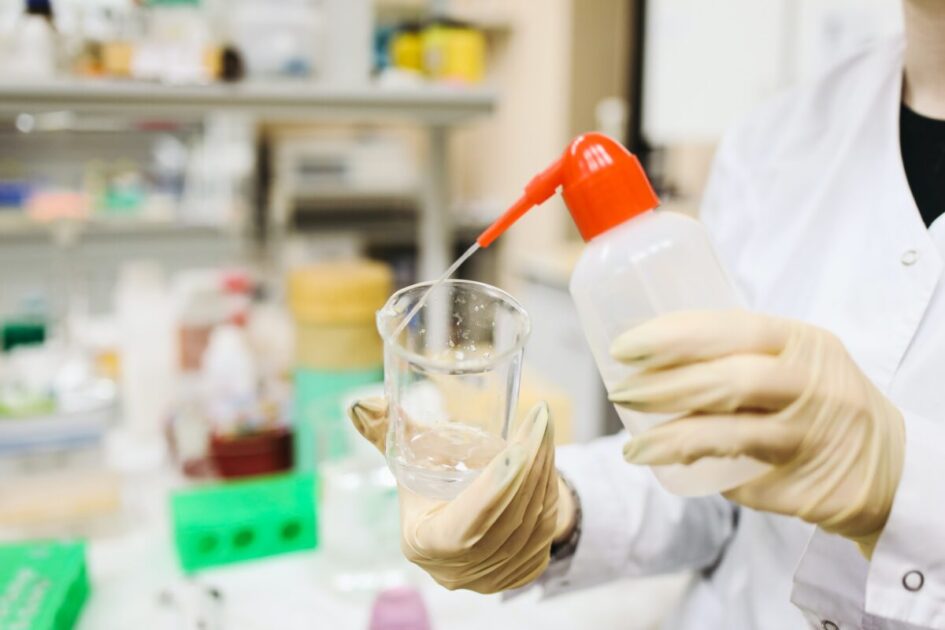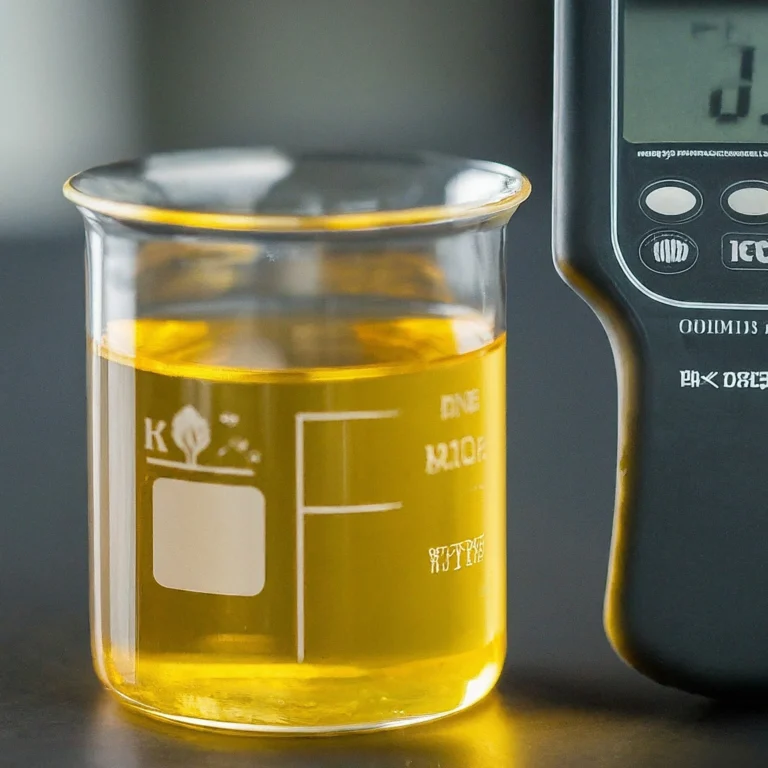Introduction
Ever thought about how scientists figure out if something is very sour or very bitter? They use something called pH! It’s like a special ruler from 0 to 14 that tells us if something is very sour (like lemon juice, with a low pH), very bitter (like soap, with a high pH), or just okay in the middle (like clean water, with a neutral pH of 7). To find out pH, scientists use a clever tool called a pH electrode. This tool measures a tiny bit of electricity, but it needs a special liquid called a KCl solution to work. In this post, we’ll explore why this simple liquid is important for getting accurate pH results.
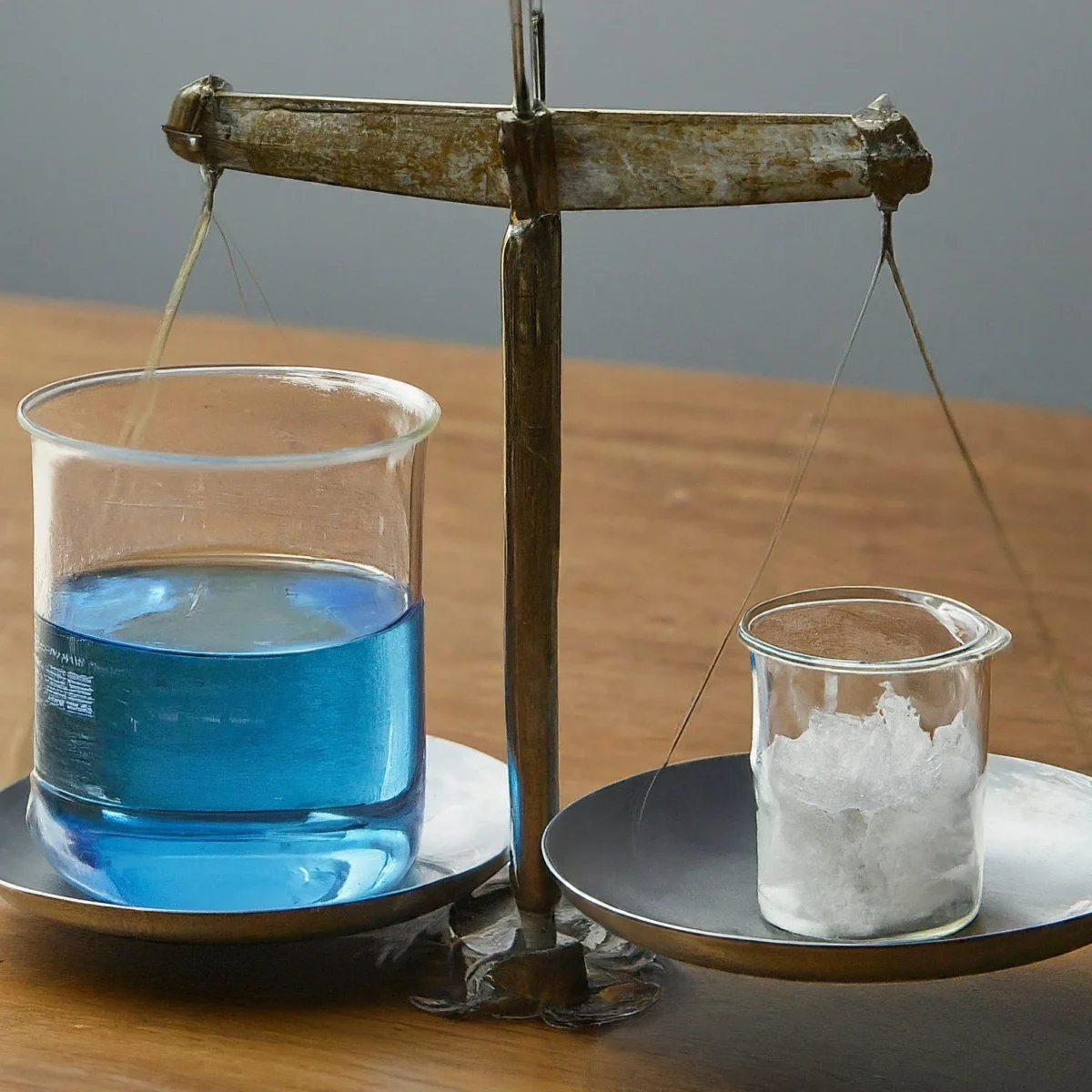
What is a pH electrode?
Imagine a tiny sensor that can tell if something is acidic like lemon juice or basic like soap. That’s a pH electrode in action! It works by measuring an electrical current. Here’s the cool part: it has two electrodes. One is a constant reference, always at a neutral pH of 7. The other, called the sensing electrode, dips into the solution you’re testing. When they both touch, the sensing electrode creates a voltage based on the solution’s acidity or alkalinity. This voltage difference tells the pH meter how acidic or basic the solution is. Pretty neat, right?
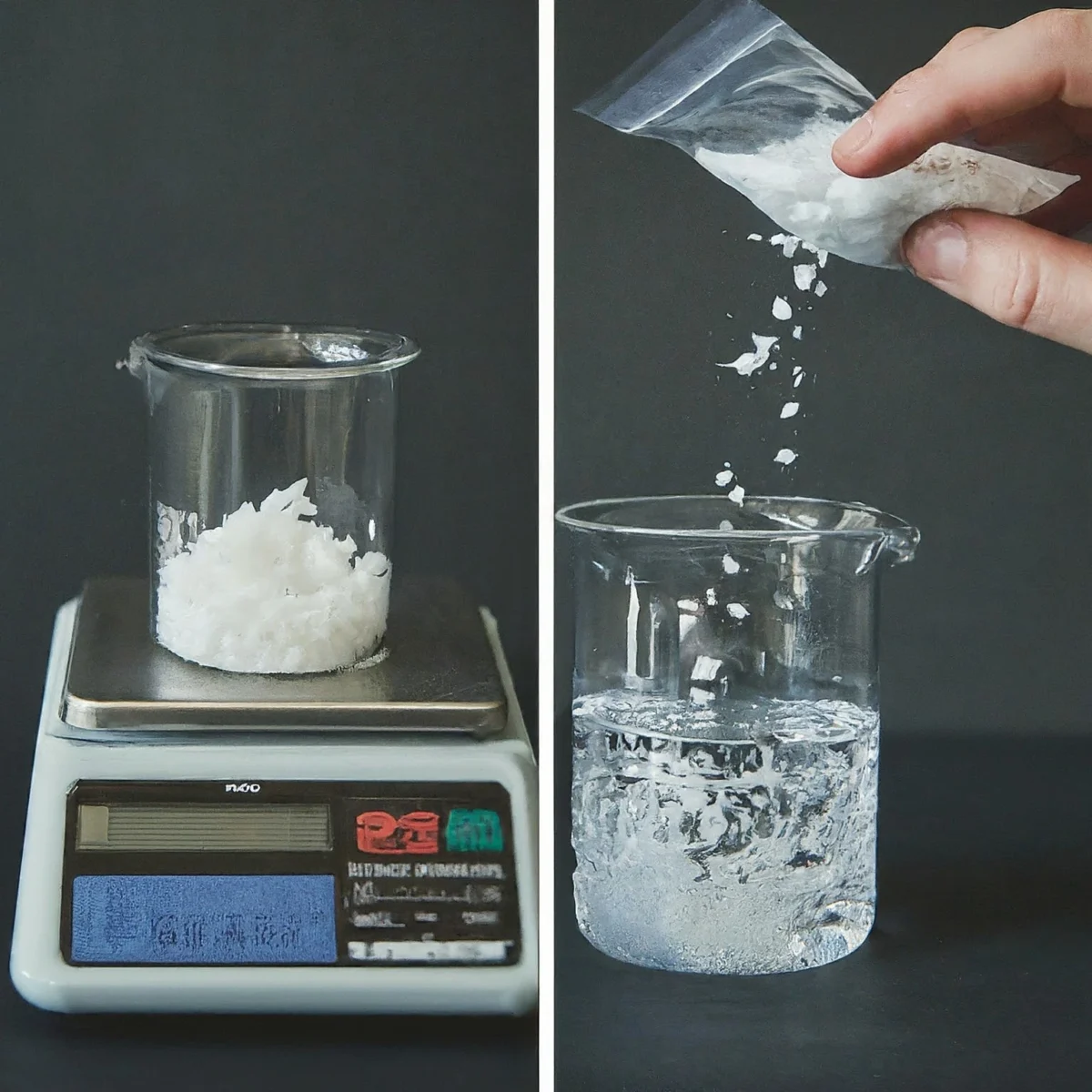
Why is KCl solution used in pH electrodes?
The secret sauce for reliable pH readings? Believe it or not, it’s a simple salt solution! This solution, filled with potassium and chloride ions (KCl), acts like a steady environment for the sensing electrode. Imagine the sensing electrode is like a tiny detective, trying to measure the solution’s electrical signal. The KCl solution surrounds it, keeping things consistent so the electrode can focus on its job. This stability is crucial because any fluctuations could throw off the pH reading, making it inaccurate.
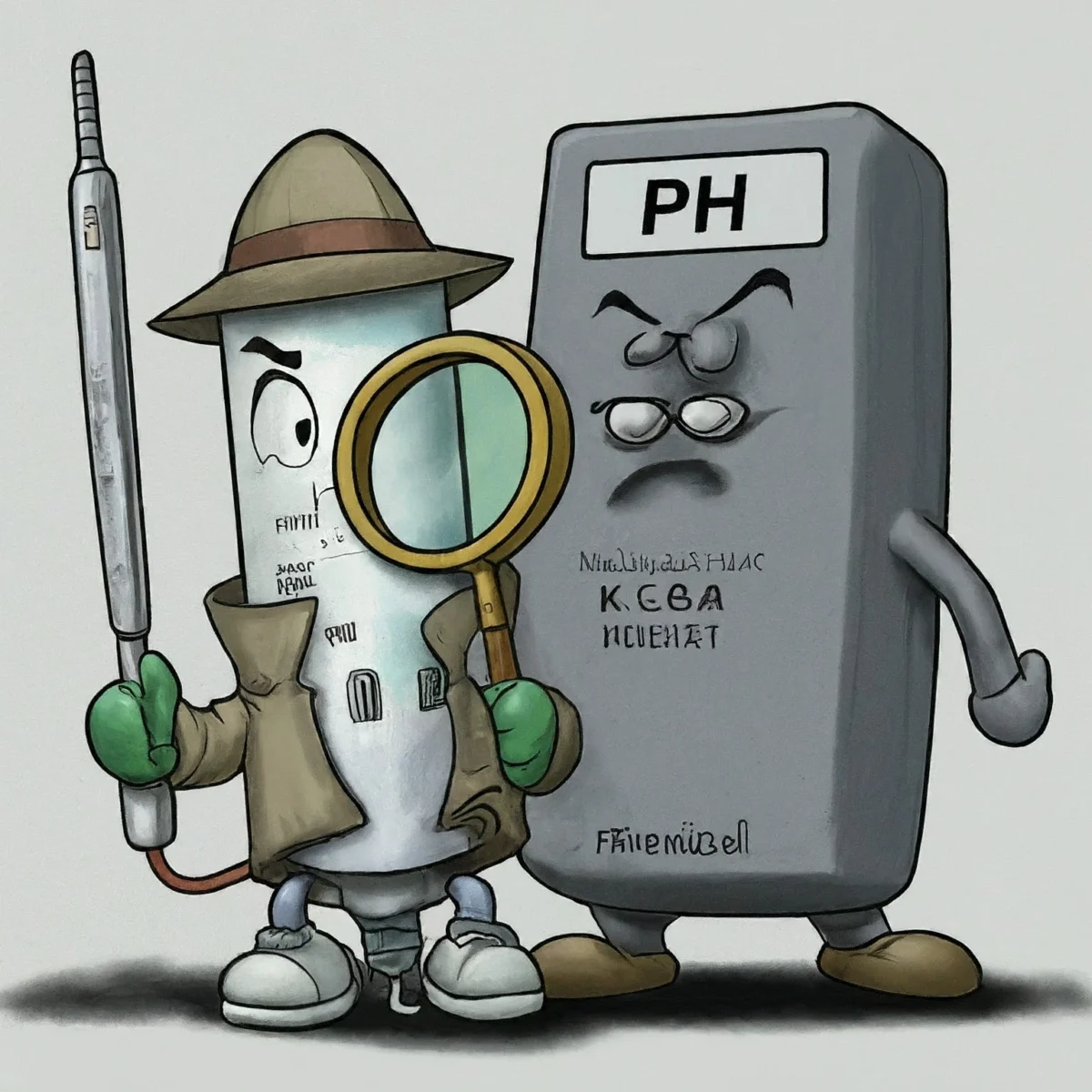
How is KCl solution prepared for use in pH electrodes?
Making the KCl solution is like creating a special bath for the sensing electrode. You take a precise amount of potassium chloride (KCl), kind of like table salt but different, and dissolve it in pure, clean water. The strength of this solution can vary depending on what you’re using it for, but for pH electrodes, a concentration of 3M (Molar) is the most common.
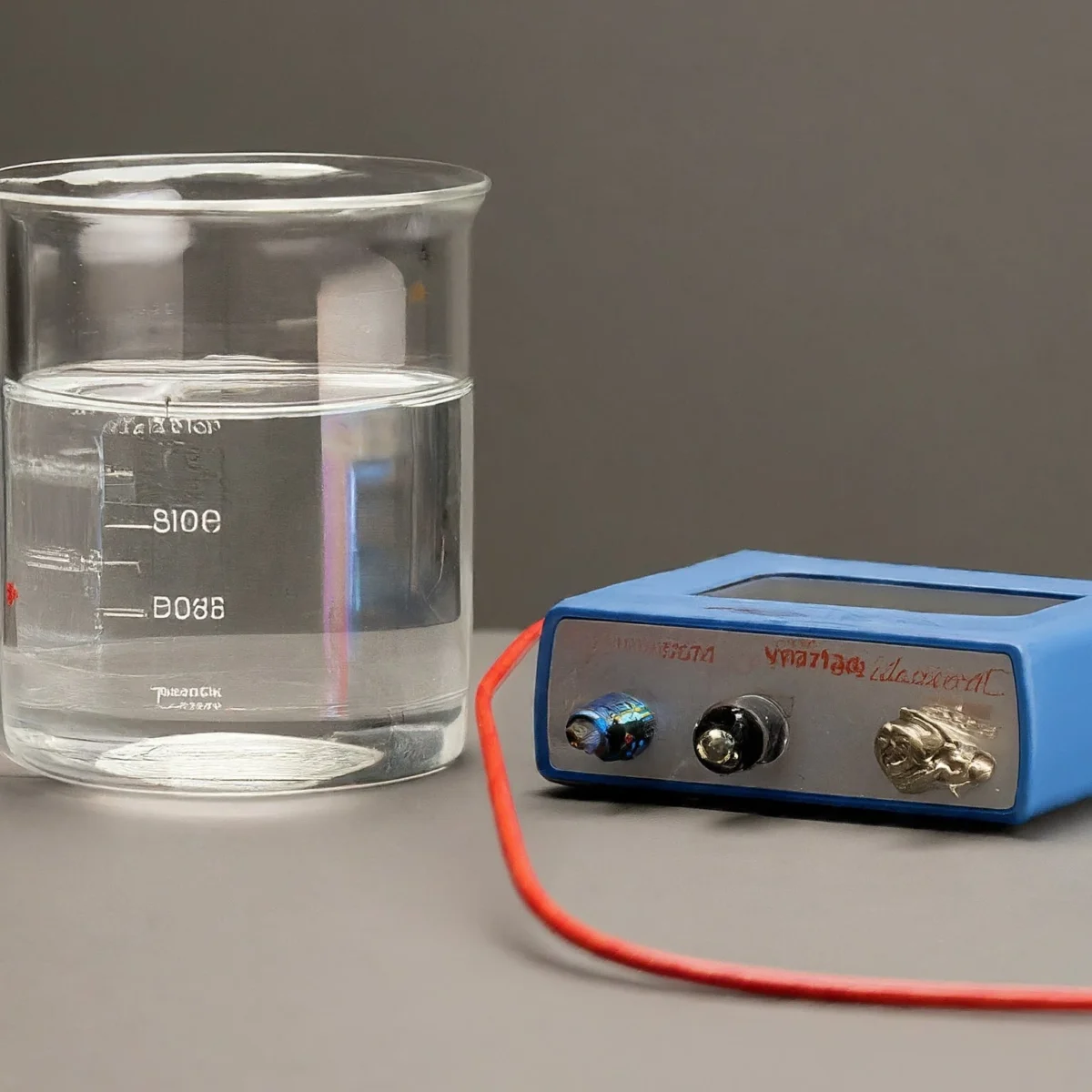
What are the benefits of using KCl solution in pH electrodes?
There are several benefits of using KCl solution in pH electrodes, including:
Stability
We mentioned the KCl solution acting like a steady environment for the sensing electrode. This stability is key! Think of it like this: the sensing electrode needs a consistent electrical landscape to accurately measure the solution it’s dipped in. The KCl solution keeps things constant, preventing any electrical ups and downs that could mess up the measurement. This stability is what allows the pH meter to give you an accurate reading of how acidic or basic your solution is.
Conductivity
Remember the “electrical landscape” we mentioned for the sensing electrode? The KCl solution plays another important role here. It conducts electricity quite well. This is a big deal because the sensing electrode relies on tiny electrical signals to measure the solution’s pH. With a good conductor like KCl around it, these signals are easily transmitted and picked up by the meter. Think of it like using a clear wire instead of a fuzzy string to send a message – the clearer the path, the easier it is to get the information!
Compatibility
The best part about this KCl solution? It’s a real team player! Because it’s such a well-behaved solution, it works with many different types of pH electrodes. This makes it super versatile for all sorts of experiments, no matter what you’re trying to measure. It’s like having a universal adapter that plugs into all kinds of devices – one solution for many jobs!
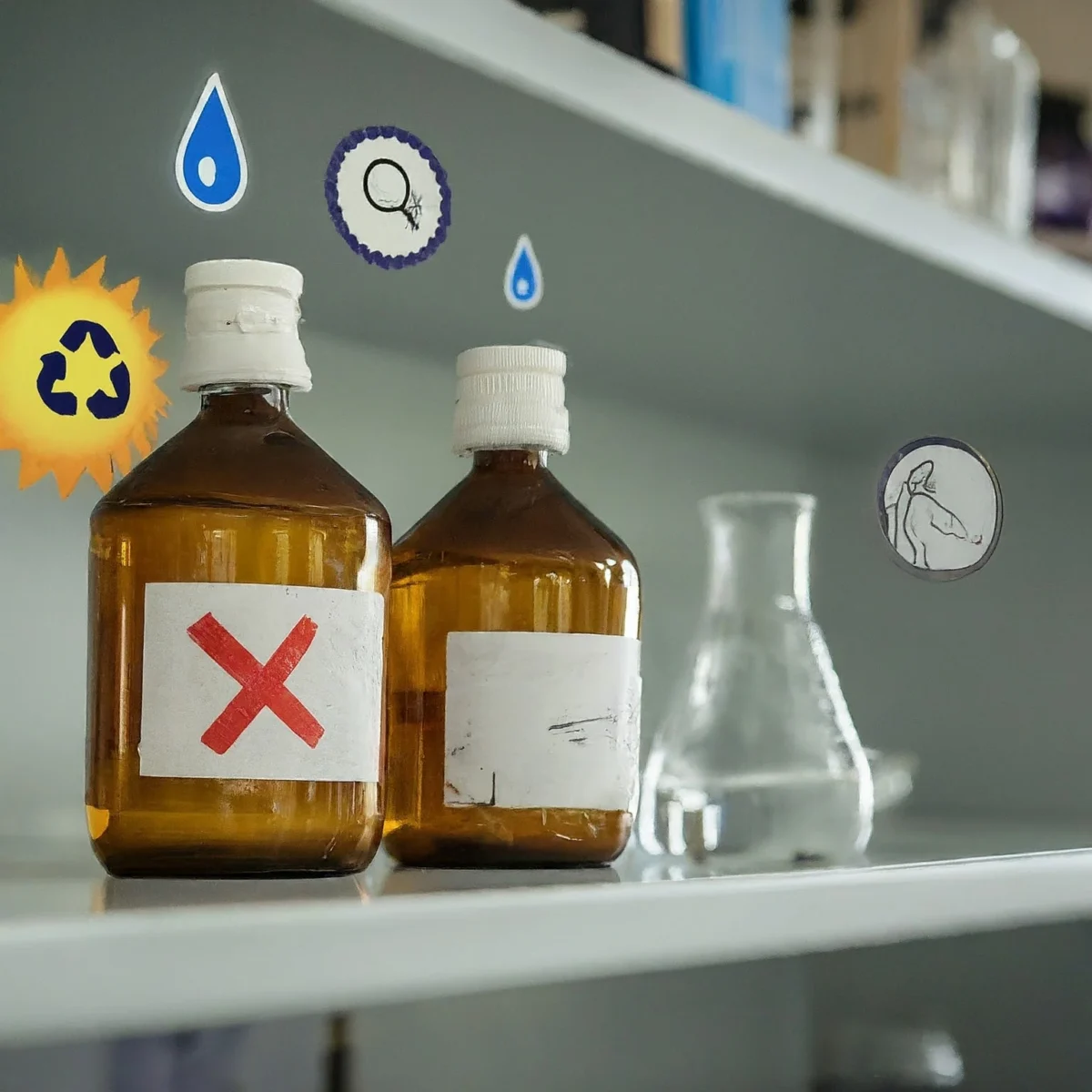
How does KCl solution affect pH measurement?
Don’t be fooled by the KCl solution – it doesn’t directly change the acidity or alkalinity of the solution you’re testing. Instead, it works its magic behind the scenes! Remember the constant electrical environment we talked about? That’s what the KCl solution creates for the sensing electrode. This stability is crucial because any fluctuations in electricity could mess up the measurement. By keeping things steady, the KCl solution ensures the pH meter gives you a reliable and accurate reading of how acidic or basic your solution is. It’s like having a perfectly calibrated ruler – the KCl solution makes sure the pH meter measures things precisely!
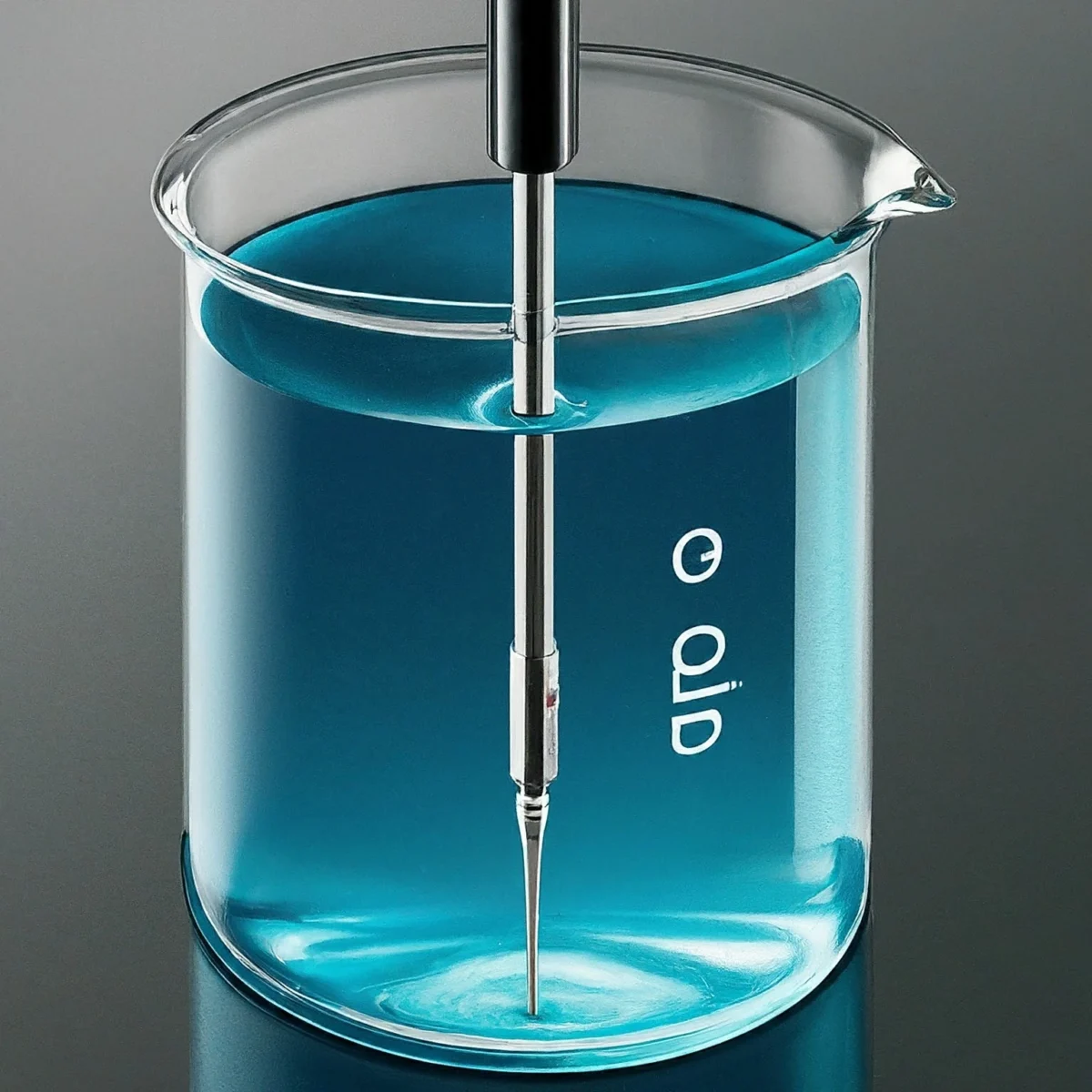
What are the limitations of using KCl solution in pH electrodes?
There are some limitations of using KCl solution in pH electrodes, including:
Contamination
Even though the KCl solution is a great teammate for pH electrodes, it’s not invincible. Over time, the solution can pick up impurities from its environment or the solutions it’s been dipped in. Think of it like a sponge soaking up dirt. These impurities can disrupt the stable electrical world the KCl solution creates for the sensing electrode. If that happens, the pH readings might not be accurate anymore. To avoid this, it’s important to be a responsible scientist and swap out the KCl solution regularly. Just like keeping the tip of a measuring cup clean, fresh KCl solution ensures your pH meter gives you reliable readings every time!
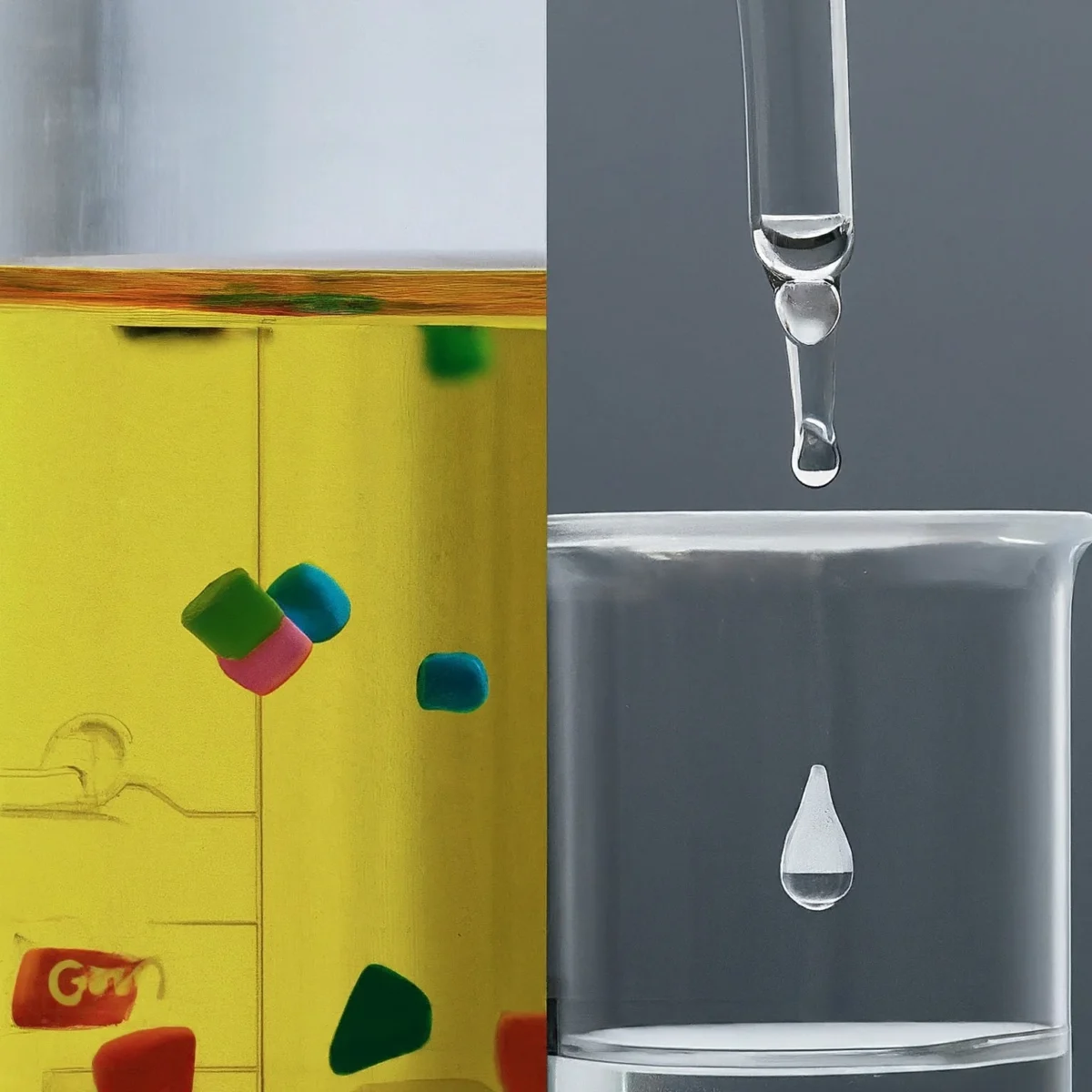
Evaporation
Our trusty KCl solution has another potential weakness to watch out for: evaporation. Over time, some of the water in the solution can escape into the air, kind of like a puddle drying up on a hot day. This can be a problem because the ideal concentration of KCl ions is important for keeping the electrical environment stable around the sensing electrode. If the solution gets too concentrated, it can throw off the whole measurement process, just like using a ruler with the wrong markings. To avoid this, it’s a good idea to keep an eye on the KCl solution level and top it off with fresh, clean water when needed. By keeping the solution at the right concentration, you ensure your pH meter continues to deliver accurate readings.

Conclusion
In short, The secret weapon for accurate pH readings? It’s a simple salt solution called KCl! This solution acts like a bodyguard for the sensing electrode in a pH meter. Imagine the sensing electrode is a tiny detective trying to measure the solution’s electrical fingerprint. The KCl solution surrounds it, keeping things consistent so the electrode can focus on its job. This stability is crucial because any electrical wobbles could throw off the pH reading. While the solution can get contaminated or evaporate over time, needing occasional replacements and check-ups, KCl remains a popular choice for its overall benefits. It’s a reliable and versatile teammate for all sorts of pH measurements!

FAQs
Q1. Can I ditch KCl and use something else?
A: While solutions like NaCl, LiCl, or CsCl can work in a pinch, KCl reigns supreme for a reason. It’s the champion of stability, getting along with most electrodes, and conducting electricity like a champ. This translates to reliable and accurate pH readings.
Q2. Reuse, reduce, recycle… KCl solution?
A: Tempting, but not ideal. Over time, the solution picks up unwanted guests (contaminants) that disrupt its stability. Fresh KCl solution is your best bet for accurate readings.
Q3. How often should I give my KCl solution a makeover?
A: It depends on how busy your pH meter is and what you’re using it for. Generally, every 2-4 weeks is a good rule of thumb. If the solution looks cloudy or discolored, it’s time for a change!
Q4. Concentration matters? Does a stronger dose of KCl make a difference?
A: Using a different concentration than the recommended 3M can throw off your readings. Think of it like using a ruler with the wrong markings – the measurements won’t be accurate.

Q5. Can I whip up my own KCl solution at home?
A: Sure, but precision is key. You need to measure the KCl exactly and mix it thoroughly to ensure reliable pH readings.
Q6. So, what exactly does KCl do in a pH meter?
A: It acts like a bridge, completing the electrical circuit between the two electrodes (reference and sensing). It also keeps the reference electrode stable, which is crucial for accurate pH measurement.
Q7. Any special storage instructions for my KCl solution?
A: Think clean, dry, and sealed! A tight-fitting lid keeps out contaminants. Label the container with the date and concentration for easy reference. Room temperature and out of direct sunlight are ideal.
Q8. Tap water: friend or foe for KCl solution?
A: A foe! Tap water can be full of impurities that mess up your pH readings. Distilled water is the only way to go.
Q9. How does this KCl solution help calibrate my pH meter?
A: You dip the electrode in the KCl solution and adjust the meter to match the known pH of the solution (often 7.0). This ensures your electrode is reading accurately.
Q10. Can I filter the old KCl solution and give it a second life?
A: Filtering might remove some contaminants, but it might not be enough for accurate readings. Replacing the KCl solution regularly is the safest bet for reliable pH measurements.
